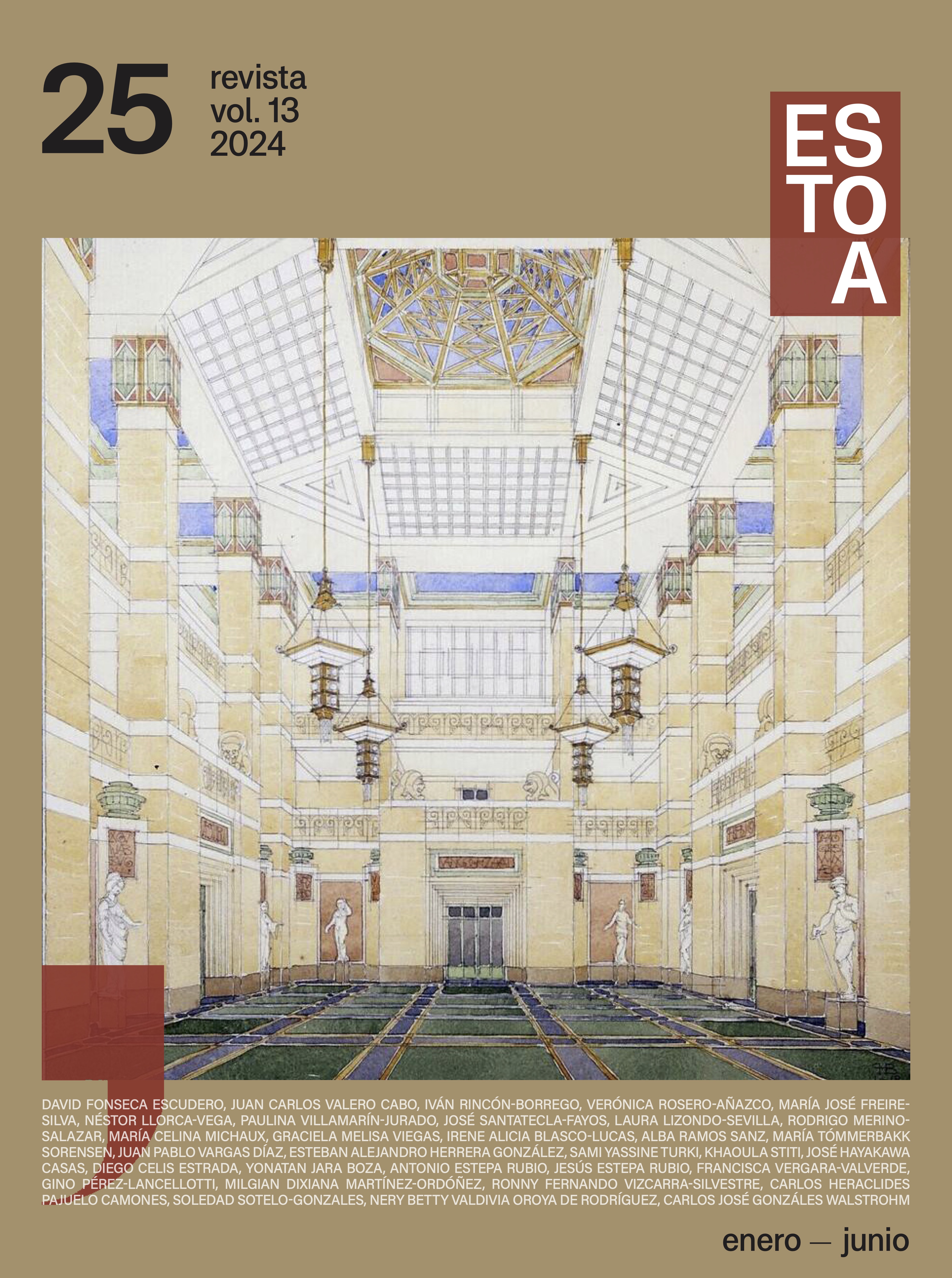Eco-urbanism: new synergies between architecture, sustainable development, heritage and their multiple visions
DOI:
https://doi.org/10.18537/est.v013.n025.e01Keywords:
sustainable urbanism, ecological, ecological architecture, efficient mobility, urban heritage, urban concentrationAbstract
The text emphasizes the growing global need to integrate ecological and sustainable urban planning with contemporary demands for circulation and transportation. The importance of university education based on serious research for architects and urban planners is highlighted, promoting collaboration among all societal stakeholders. The increasing urban concentration poses challenges in mobility, sustainability, and commerce, making it essential to address these issues in education and professional practice. The "door-to-door" trend in consumer-oriented societies underscores the need to reconcile mobility with sustainable designs. ESTOA's editorial reflects on these aspects, advocating for academic forums discussing sustainable projects tailored to user needs. The issue features theoretical and practical articles exploring architecture from various angles, ranging from heritage studies to evaluations of post-COVID-19 public policies. The text underscores the importance of education and teaching in developing synergies in eco-urbanism, emphasizing the need for innovation in architectural and urban education.
Downloads

Published
How to Cite
Issue
Section
License
Copyright (c) 2024 Estoa. Journal of the Faculty of Architecture and Urbanism

This work is licensed under a Creative Commons Attribution-NonCommercial-ShareAlike 4.0 International License.
The Journal declines any responsibility for possible conflicts derived from the authorship of the works that are published in it.
The University of Cuenca in Ecuador conserves the patrimonial rights (copyright) of the published works and will favor the reuse of the same ones, these can be: copy, use, diffuse, transmit and expose publicly.
Unless otherwise indicated, all contents of the electronic edition are distributed under a Creative Commons Attribution-NonCommercial-ShareAlike 4.0 International License.



